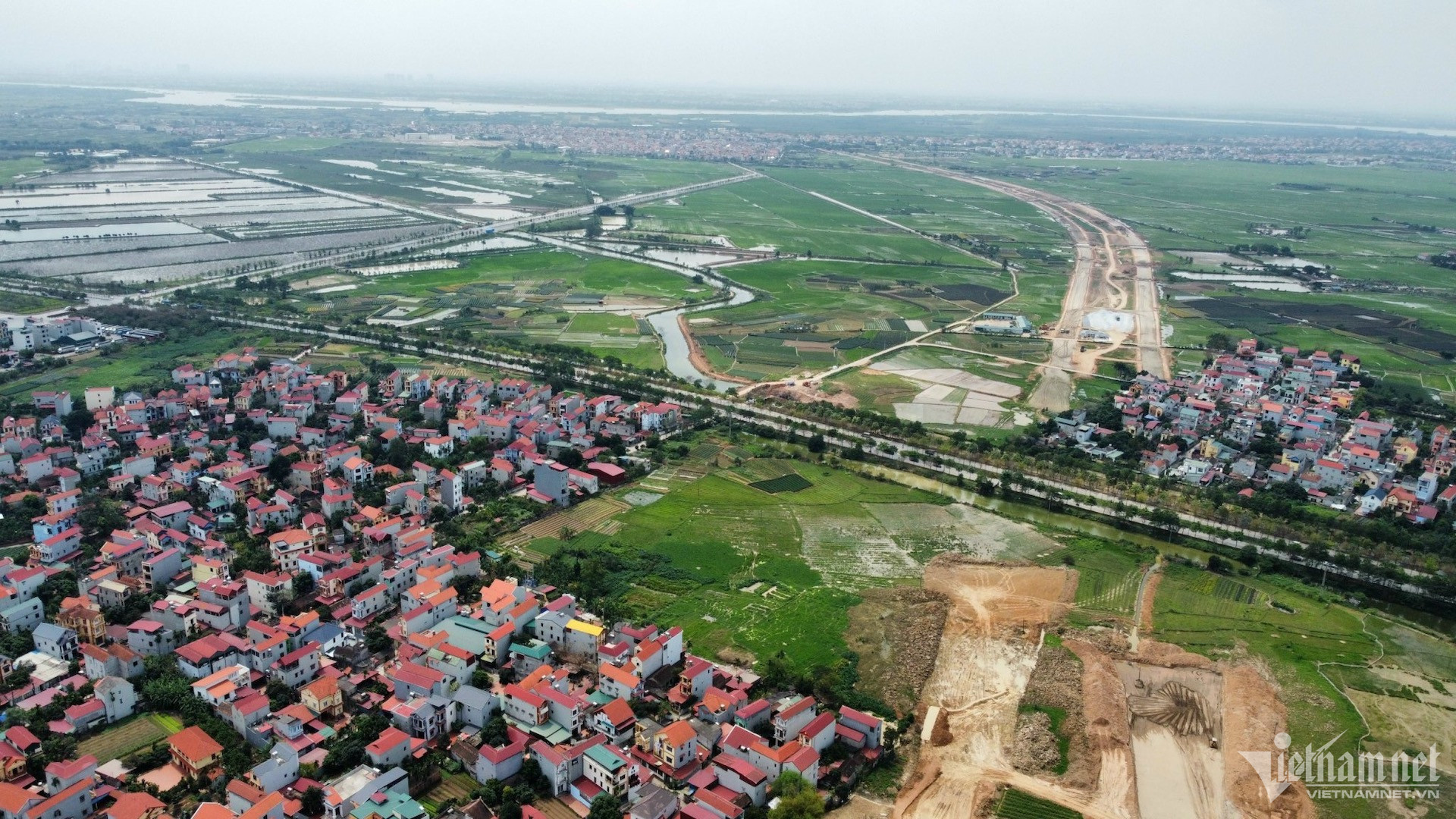
If the prices in these transactions are used as the basis for land valuation, the risk of incorrect valuation is very high.
Giang noted that the current sharp price increases could significantly affect land valuation for nearby projects in several ways, impacting investment efficiency and even reducing project feasibility.
"During land fever, investors expect land prices in surrounding areas to rise, which can pressure the valuation process. Moreover, transactions during these periods often fail to reflect true value, influenced by speculation or market sentiment. Using them as a valuation basis risks significant mispricing.
“Additionally, when land prices are inflated, land clearance costs rise sharply, thus increasing project development costs, affecting investment efficiency, and potentially undermining project viability," Giang explained.
Regarding land valuation, she highlighted it as one of the "bottlenecks" causing delays in many projects.
Giang pointed out that the current four valuation methods—comparison, income, residual, and deduction—are not new and have long been used in appraisal practices. However, the challenge lies not in the lack of methods but in their application and the conditions for use.
Recent public land auctions, where prices were pushed exceptionally high, have disrupted markets, complicating data collection for valuation.
"All four current methods face difficulties due to limited transaction data. This affects the ability to find comparable properties when applying comparison method," Giang said.
Rising land lease costs burden businesses
Can Van Luc, Chief Economist at the Bank for Investment and Development of Vietnam (BIDV) and member of the National Financial and Monetary Policy Advisory Council, affirmed that both domestic and foreign invested enterprises are facing troubles related to the land valuation, land leasing fee calculation, and land use fees.
Le Hoang Chau, Chair of the HCM City Real Estate Association (HoREA), said Decree 102 of 2024, guiding the implementation of the 2024 Land Law, says non-agricultural land is divided into several groups, including industrial land, commercial land, Industrial Zone land and service land. This underscores the need for specific regulations on land use fees for each type.
However, businesses point out that current regulations do not base commercial and service land prices on residential land prices in the same area. In practice, localities often charge a one-time land lease fee for a project’s entire lifespan, equivalent to about 70 percent of residential land use fees.
Meanwhile, according to businesses, current regulations do not stipulate the calculation of commercial and service land prices with reference to land prices in the same area. In fact, up to now, localities often collect land rents paid once during the project life cycle, equal to 70 percent of residential land use fees.
Businesses argue this rate is high, leading to elevated commercial and service land prices, higher property costs, thereby discouraging investment in tourism and resort projects on such land.
To address this, some localities, like Da Nang, have reduced commercial and service land rates by 10 percent, from 70 percent to 60 percent of residential land prices.
Meanwhile, Khanh Hoa is considering setting commercial and service land prices at 80 percent of residential land prices, raising concerns about added difficulties for businesses. In Nha Trang City in Khanh Hoa, high-rise hotel room and low-rise villa rates are very low compared with listed rates, with many hotels setting low prices to retain guests and sustain operations.
HoREA’s Chair emphasized that land lease or land use fees are factored into the cost of goods. For commercial and service land, lease costs form part of goods and service expenses, significantly impacting investment attraction and the sustainable development of the real estate market.
Thus, he urged localities to study actual market conditions and set reasonable prices for commercial and service land, especially given the challenges faced by the tourism and resort sector recently.
Economic expert Dinh Trong Thinh suggested that budget collection from land allocation or leasing should be flexible, based on land characteristics, usage purposes, and project nature. For commercial and service land (used for offices, hotels, shopping centers, or tourism) with a 50-year lease, the lease fee should be around 40-50 percent of the land value as per the annual land price table.
Le Hoang Chau added that the Ministry of Agriculture and Environment should continue assessing the impact in localities that have issued adjusted land price tables or continue using old ones. This would help develop a new land price table, effective from January 1, 2026, that is reasonable, market-based, and balances the interests of the state, land users, and investors.
Hong Khanh